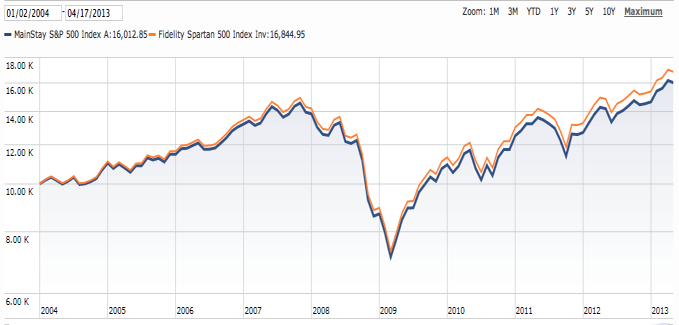REIT Funds
Post on: 16 Март, 2015 No Comment

Noted for their simplicity and other advantages over mutual funds, exchange-traded funds have become a popular investing tool. ETFs hold a collection of stocks that share certain elements in common, so if investors want to capitalize on opportunities in real estate markets, for example, they can turn to the iShares Dow Jones US Real Estate ( AMEX: IYR ) ETF, which invests in a representative sample of the Dow Jones U.S. Real Estate index.
But since this ETF invests in a number of real estate investment trust (REIT) stocks, it gives investors a broad diversity that also limits their upside. For an investor who was, say, really hip to hotel development but cold on residential properties, this ETF wouldn’t fit the bill.
Fear not, Fool — in this edition of ETF Teardown, we’ll use some nifty tools to drill into the best of what the real estate sector has to offer, and we’ll flag some high-risk areas as well. To help, we’ll use Motley Fool CAPS. our tool for screening and ranking stocks and stock pickers.
The power of tags
To help investors quickly locate great stocks, any of the 4,700 rated stocks that are profiled in CAPS can be tagged with a descriptor that groups the company with others that share a certain quality.
Individual investors have shown significant interest in real estate investments in recent years, a trend that’s led to the creation of hundreds of REITs focused on specific real estate sectors. In CAPS, there are a number of REIT tags to choose from, including REIT — Hotel/Motel , REIT — Retail , and REIT — Healthcare Facilities . Looking across these tags, we find hundreds of REITs that trade on American exchanges and show varied performance as a group. For instance, the group tagged under REIT — Residential has risen 8% in the past year, compared with the 17.1% gain in the collective group of hotel/motel REITs.
To get a sense of which companies the CAPS community thinks are the best opportunities in real estate today — and which they recommend staying away from — we can sort any of these lists by their CAPS star rank, denoted by one to five stars, with five being the best. Each of the individual companies can then be viewed for exactly who — from Wall Street to Main Street — is bullish or bearish on the company and why.
Down to the nitty-gritty
Here’s a sampling of some of the favored — and not-so-favored — REIT stocks our screen pulled up today.














